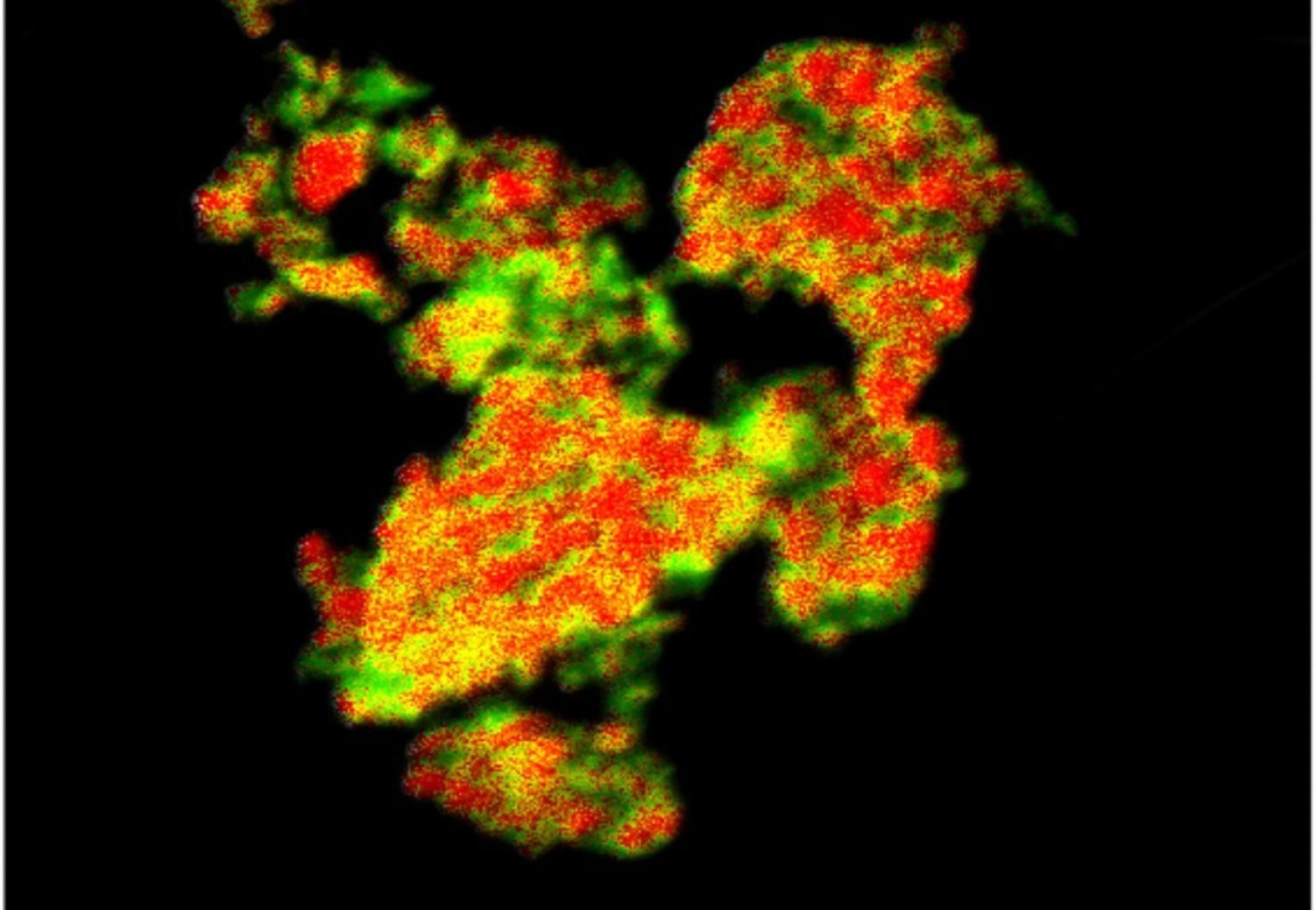By utilizing metal oxides, researchers have overcome a significant obstacle in carbon capture, energy storage, and gas purification for greener manufacturing.

Close-up of the metal oxides. Image Credit: High et al.
Compounds called metal oxides are essential in the procedures that lower carbon dioxide (CO2) emissions. These procedures include hydrogen energy production, inert gas purification, and recycling for solar panel manufacturing, thermochemical energy storage, and carbon capture, utilization, and storage (CCUS).
These procedures are based on redox reactions, which occur when metal oxides gain and lose electrons. However, at the high temperatures essential for chemical synthesis, redox processes impair the performance of metal oxides.
With the development of a new materials design technique, a team led by Imperial College London is now able to create copper-based metal oxides that function better in high temperatures.
The technology is believed to assist in unleashing even more power from current energy technologies that combat the climate catastrophe. It is already having an influence on argon recycling in solar panel manufacture on a global scale.
As the world transitions to net zero, we need more innovative industrial processes for decarbonization. To enhance energy security, we must diversify the electricity supply, from renewable energy generation and storage to clean use of fossil fuels with CCUS technologies. Our improved metal oxides hold great potential for use in the energy processes that are helping us reach net zero.
Dr Qilei Song, Study Senior Author, Department of Chemical Engineering, Imperial College London
The published study appears in Nature Communications.
Unpicking a Process
Chemical looping combustion (CLC) is a relatively recent method that heavily depends on metal oxides.
In CLC, an alternate method of burning fossil fuels, oxygen from the air is transported by metal oxides, such as copper oxides, to react with the fuel. In the process, CO2 and steam are created, and the steam is condensed to effectively catch the CO2 and stop it from exiting the atmosphere.
CLC, which is already utilized in the EU, the USA, and China, enables people to use fossil fuels more sustainably by capturing the CO2 that is created.
However, a major problem that has prevented CLC from being used on a larger scale is metal oxides’ inability to continue performing well in terms of releasing oxygen even after going through numerous redox cycles at high temperatures.
Unleashing a Potential
The researchers reasoned that the precursor chemistry of metal oxides was poorly known, which constrained their rational design. To address the issue, they looked at the underlying structures of the metal oxides utilized in CLC.
To solve the question of how metal oxides maintain their performance, we looked to the basics of the chemical processes involved in CLC. This is a key example of combining fundamental research and smart design to produce a strategy that’s applicable to a wide range of engineering processes.
Michael High, Study Co-Lead Author and PhD Candidate, Department of Chemical Engineering, Imperial College London
They developed the metal oxide structure using an alternate method from a well-known precursor made of layered double hydroxides (LDHs) of copper, magnesium, and aluminum.
Researchers discovered they could create metal oxides that could still function properly under very high temperatures by modifying the chemistry of LDH precursors. They did this by running the oxides through 100 chemical cycles over the course of 65 hours in a fluidized bed reactor, a type of reactor that is frequently employed.
Metal oxides made in this manner are more heat-resistant, allowing for greater power to be extracted from the purification and recycling of inert gases like argon for the production of solar panels, the storage and capture of carbon, chemical energy storage, and the production of clean hydrogen.
The researchers increased the synthesis of metal oxides for use in fluidized bed reactors to demonstrate this. They discovered that producing these materials is simple and easily scaled up using current industrial manufacturing techniques.
The world must reach net zero carbon emissions by 2050. Renewable energies are developing rapidly, but in the short term we need to develop cost-effective carbon capture technologies that can be applied to decarbonize the industry. Our work will help solve this global challenge.
Paul Fennell, Study Senior Author and Professor, Department of Chemical Engineering, Imperial College London
The next step for the researchers is to examine the materials’ long-term durability during the combustion of various fuels, look into fresh thermochemical energy storage possibilities, and broaden the application to other metal oxide systems for thermochemical redox cycles clean hydrogen production.
The National Science Foundation for Distinguished Young Scholars of China, the Engineering and Physical Sciences Research Council (EPSRC), the European Research Council, the China Scholarship Council, and the United Kingdom Research Initiative provided funding for this study.
Journal Reference
High, M., et al. (2022) Precursor engineering of hydrotalcite-derived redox sorbents for reversible and stable thermochemical oxygen storage. Nature Communications. doi:10.1038/s41467-022-32593-6